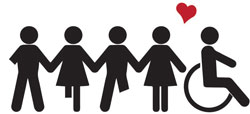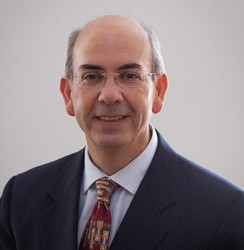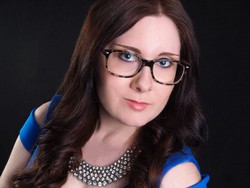With the current election cycle, everything and everyone seems to be focused on politics. The candidates cover the front pages of newspapers, fill radio broadcasts and news programs, and dominate social media feeds. Now, even women’s magazines – typically seen as ‘fluff’ news – are coming into the political field.
Women’s magazines are now filled with political content, usually interviews with important figures in the election such as Ivanka Trump, Chelsea Clinton, and Hillary Clinton herself.
“I think it’s an important outlet that typically gets ignored,” said Christina Caliendo, a junior music student. “I don’t read a lot of women’s magazines but when there’s a particularly interesting interview I’ll pick it up.”
Those involved in the elections have also been publishing their own words in women’s magazines. Hillary Clinton herself wrote a piece for The Toast, a publication that closed in July. She focused on the importance of women’s spaces in media and in other fields. Katy Tur, a reporter who covered Donald Trump’s campaign for NBC, wrote in Marie Claire about her experience working with him – which often included harassment.
“Trump called me naïve,” she wrote. “He told me I didn’t know what I was talking about. He shamed me when I stumbled on a question. And when the cameras shut off, he was furious. He didn’t like my questions, which were direct, or my tone, which was conversational.”
Trump also insulted and shamed Tur on national television, called her names during interviews, and announced on Twitter that she “should be fired for dishonest reporting”. All of this, and more, was covered in her piece for Marie Claire. It was shared about 30,500 times via Facebook and Twitter, according to the site; it received much less attention than typical election coverage.
“Politicians cannot afford to not take women’s media seriously now because of shifting demographics,” said Kara Van Cleaf, Ph.D., an instructor of political science and sociology. “Politicians have to get the young, middle age, and baby boomer women to vote because they are such a large voting population… Today, more and more women have to work, and even more chose to maintain careers, but if/when they have children, they run into how terrible our country is when it comes to maternity leave, equal pay, and safe and affordable childcare. If politicians want to get women on their side, they have to address the struggles and issues that are impacting women day-to-day. One way to do that is to utilize women’s media.”
“I would definitely be more willing to pick up a women’s magazine if there was more than just information about make-up and other topics,” said Lauren Lucia, a junior chemistry student. “That shows that women also know about politics and other information other than just beauty. It’s good to show diversity in women’s interests.”
Women’s media outlets are also publishing newsworthy editorials, such as Barack Obama’s op-ed about his feminism in Glamour in August. Other notable pieces include Marie Claire’s in-depth story about the intersection between female voters and the gun debate; they partnered with the Harvard Injury Control Research Center and surveyed more than 5,000 women on what they think about gun laws. Profiles about Alicia Machados (a former Miss Universe winner who was insulted and shamed by Trump both during and after the 1996 pageant, which he owned at the time), Huma Abedin (a political staffer who serves as the vice chairwoman of Clinton’s campaign), and Melania Trump were also published.
The trend is not specific just to American women’s media – in July, Marie Claire’s sister publication in Mexico ran a cover story asking Ivanka Trump to “protect us from your father”.
“Political features draw attention, and provide a way for women’s magazines to stay relevant, which is a huge concern for print media in the digital age,” said Van Cleef, when asked her opinion on why women’s magazines might be including political writings and election coverage. “Magazines have to compete with bloggers (and Tweeters) for readers today. And, two, I think the average reader of women’s magazines has changed – women have increasingly been going to and graduating from college, most women work outside the home, and more of the population deal with unprecedented economic precarity. Magazines that only talk about beauty seem outdated to women today.”
Van Cleaf also added that “Feminism is having a very commercial moment right now. This is the confluence of many factors, one being the rise of digital media. More and more women, feminists, activists have a platform and draw large audiences to their ideas. Magazines realize they are competing with these voices so they often hire writers who already have big followings on social media.”
Women’s magazines may not reach the political standings of The New York Times or The Washington Post, but they certainly can be used to help a campaign reach out to potential voters that would have otherwise looked away.
IMAGE TAKEN from huffingtonpost.com




